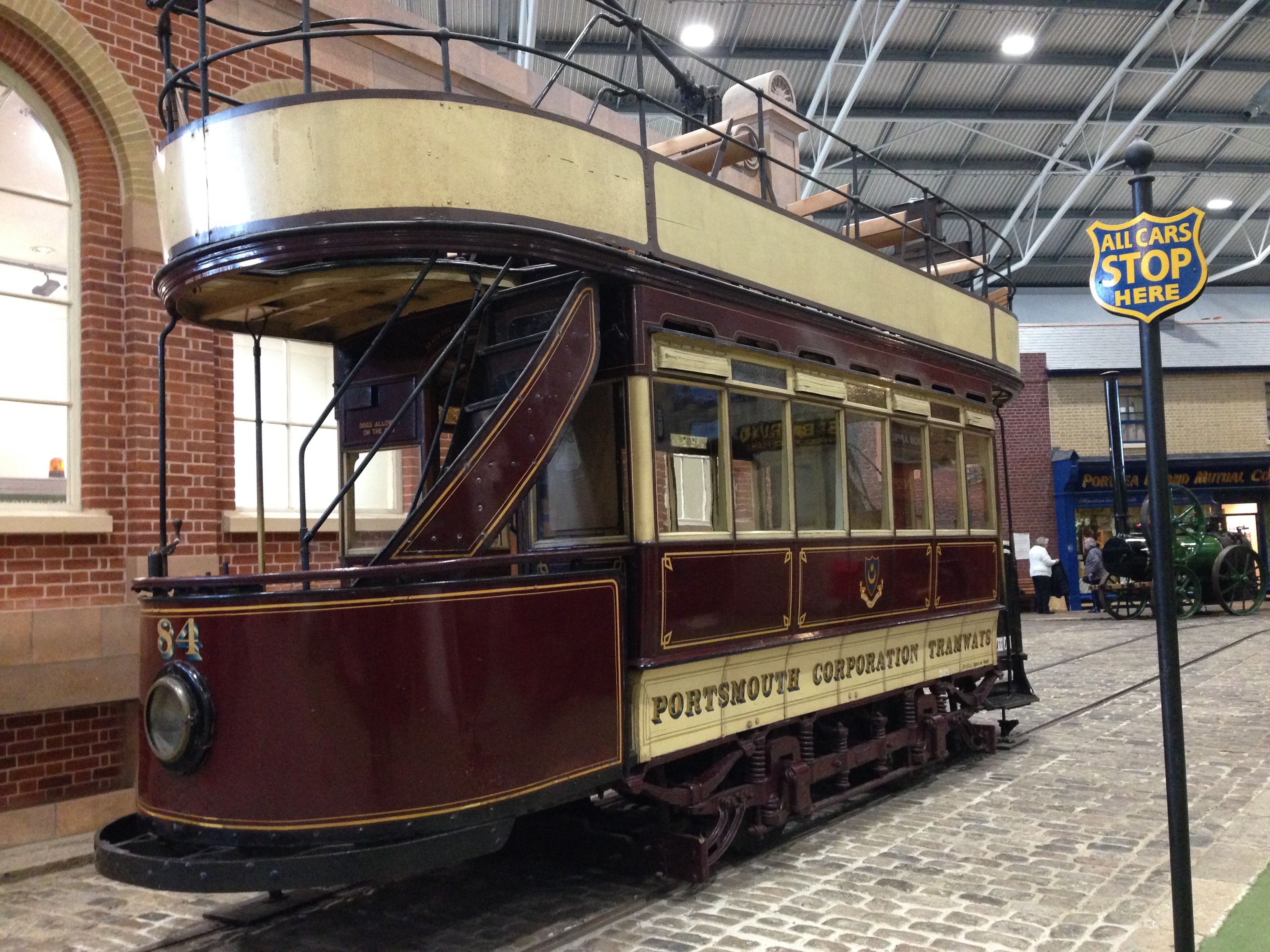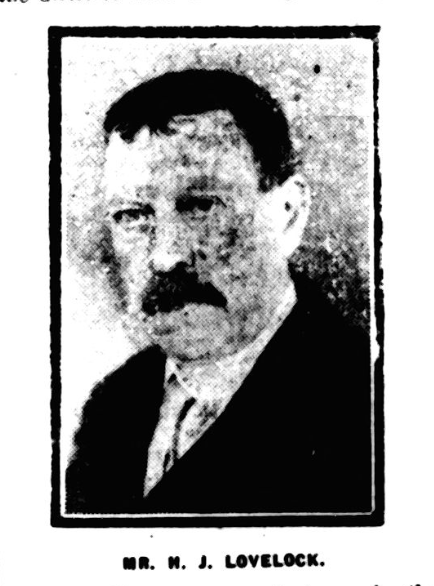Herbert John Lovelock - Inspector of Nuisances |
Herbert John Lovelock was born in Portsea, Hampshire on 29 October 1864, the son of William Lovelock and Jane Sarah Muston. In 1881, at the age of 16, he was recorded as a General Labourer but by the time he married Anne Gardner in 1886 he was a Tram Conductor, presumably on Portsmouth Corporation's trams. |
 |
 |
Clearly the job of Conductor did not represent enough of a challenge, although
he still favoured an occupation which allowed for interaction with members of the public. Thus on
29 October 1886 he took up an appointment as one of the three Sanitary Inspectors in Portsmouth.
This title changed in 1901 to Inspector of Nuisances, and in making his 1911 Census Return
Herbert used the same description of his occupation. By 1921 he obviously favoured his original
title and was once again a Sanitary Inspector for Portsmouth Corporation. He retired in 1929
after 43 years of service as an Inspector, and died in 1941. The report on his retirement which appeared in the 'Hampshire Telegraph and Post' of 1 November 1929 mentioned that he had been presented with a gold watch bearing his monogram and suitably inscribed. The report was accompanied by this rather poor quality photograph. |
In the 1800s there was still a prevalent medical view that certain diseases - cholera, typhoid and influenza amongst them - were spread by 'miasma' emanating from decomposing organic matter. In 1846 this led to the passing of the Nuisances Removal and Diseases Prevention Act being passed in the British Parliament. The Act empowered parishes to deal with issues which were considered to be a danger to public health, resulting in the appointment of Inspectors of Nuisances.
Initially the Inspectors busied themselves with investigations of dirty dwellings, blocked gutters and drains, and abandoned animal waste, but within a few years their duties were expanded to include inspections of food intended for human consumption and, obviously, the premises used for its sale or preparation.
Often as a result of the inspections the perpetrators of the nuisance would end up in court, and such appearances were frequently reported in the local press. So, for instance, as a result of an inspection that Herbert carried out on 10 March 1892, when he discovered that a sheep had been slaughtered in a shed at the back of 56 St Mary's Road in Kingston, William Pond was fined twenty shillings for using an unlicensed slaughterhouse, the report appearing in 'The Evening News' of the 24th of May.
Other reports shedding light on examples of Herbert's work include some adulteration of milk cases (a frequent offence in Portsmouth if nowhere else), a prosecution for non-use of a humane killer in the slaughtering of pigs, another prosecution of a Joseph Gard for allowing his daughter into the street whilst she was suffering from Scarlet Fever without taking proper precautions against spreading the disease, more adulteration when a quarter-pound of 'coffee' sold to the Inspector was found to be 90% chicory, appearing as an Inquest witness having been previously called to see the body of a man who had suffocated in powdered lime, also witnessing in what the Magistrates Bench considered was the worst case of child neglect that had been brought before them (resulting in the father going to prison for 3 months with hard labour), and finally 'The Evening News' reported on 17 March 1894 that 'as Sanitary Inspector Lovelock was walking through Victoria-road North, Southsea, yesterday afternoon, he saw some boys using a brown paper parcel as a football. Stopping to examine the parcel (presumably Herbert considered the action of the boys to be a 'Nuisance'), he found it to contain the decomposed remains of a newly-born male infant'.
A long life of service to his community, and an occupation definitely more challenging than being a tram conductor.